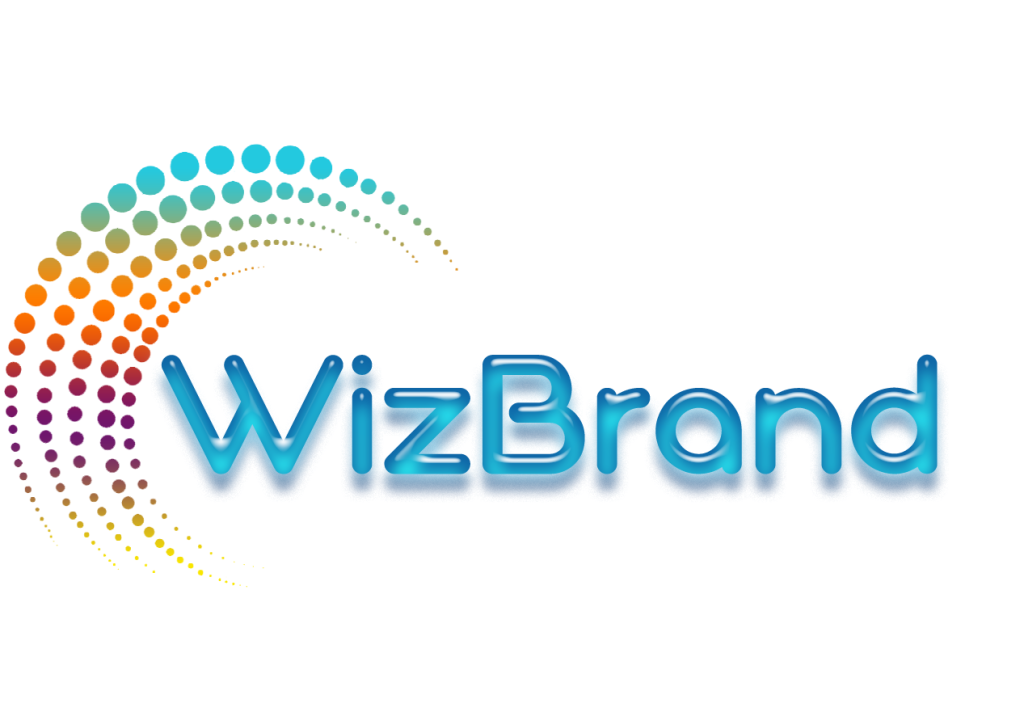
In the fast-paced world of digital content management, one factor stands out as the cornerstone for ensuring your assets are organized, discoverable, and usable across teams: metadata. Whether you’re managing images, videos, documents, or any other type of digital asset, metadata plays a crucial role in streamlining workflows, enhancing collaboration, and improving searchability. In this blog, we’ll explore the power of metadata within your Digital Asset Management (DAM) strategy and how leveraging this critical resource can transform your content management processes.
What is Metadata and Why Does It Matter?
Metadata is essentially data that provides information about other data. In the context of a DAM system, metadata refers to the descriptive, structural, and administrative information that is attached to a digital asset. It might include details like the asset’s title, creator, creation date, keywords, usage rights, or any other attribute that makes the asset easier to find and manage.

For businesses that rely heavily on content, having robust metadata is a game-changer. Without proper metadata, digital assets can quickly become disorganized, making it difficult to locate and use the right content at the right time. As your content library grows, the importance of metadata becomes even more evident. It allows teams to categorize, tag, and filter assets based on relevant attributes, ensuring that the right content is always at your fingertips.
How Metadata Enhances Your DAM Strategy
- Improved Searchability and Accessibility
One of the most significant advantages of metadata in a DAM system is the improved search functionality. Instead of manually searching through folders or scrolling through hundreds of assets, metadata allows you to filter assets based on specific attributes. For instance, you can search for images by keywords, filter videos by duration or resolution, or even sort by project or department.
This level of organization is invaluable for marketing teams, content creators, and designers who need quick access to assets. With tools like Wizbrand, users can seamlessly search through assets by using metadata tags, which saves time and increases efficiency.
- Better Collaboration Across Teams
As organizations grow, collaboration across teams becomes more important—and more challenging. Marketing teams, designers, and content creators often need access to the same assets, but finding the right file can become a bottleneck. Metadata allows you to centralize asset management, providing a single point of reference for all team members.
In addition, metadata can include user permissions and access rights, so you can ensure that only authorized individuals can view or modify specific assets. With a system like Wizbrand’s Best DAM Tools in the world, team collaboration becomes seamless. Whether it’s sharing files across departments or collaborating on a marketing campaign, metadata ensures that the right team members have access to the right assets, at the right time.
- Streamlining Content Management Workflows
Metadata also helps streamline content management workflows by enabling automation. For instance, you can automate processes like sorting assets into folders, generating reports, or updating file attributes. With proper metadata, DAM systems can automatically categorize assets and assign attributes without requiring manual intervention. This not only saves time but also minimizes human error.
Wizbrand’s DAM software leverages metadata to automate many of these tasks, reducing the administrative burden on content teams. By organizing assets based on metadata, Wizbrand makes it easier for teams to find and use assets quickly, allowing them to focus more on their core tasks.
- Compliance and Rights Management
For organizations dealing with copyrighted material or sensitive content, metadata can be used to track usage rights, licenses, and expiration dates. This ensures that content is used legally and appropriately, reducing the risk of legal issues down the line. Metadata provides a detailed record of each asset’s usage, helping you keep track of which assets are licensed, which have expired, and which need renewal.
For example, Wizbrand offers advanced features for managing usage rights and permissions. With its metadata management tools, you can add rights-related metadata to each asset, making it easier to track content usage and maintain compliance.
- Improved SEO and Content Discoverability
Metadata plays a significant role in improving the SEO of your digital content. By adding relevant keywords, titles, and descriptions to your assets, you can improve the chances of your content being found in search engines or internal searches. For businesses focused on online marketing and SEO, having metadata-rich assets can lead to better content discoverability.
In the context of DAM, the more descriptive and detailed your metadata, the easier it becomes to locate assets when needed. For example, Wizbrand’s SEO Management Software allows users to integrate SEO-specific metadata into their assets, helping marketers optimize content for search engines and enhance its visibility.
How to Implement Effective Metadata in Your DAM Strategy
Now that we understand the importance of metadata in your DAM strategy, let’s look at how to implement it effectively:
- Establish Metadata Standards
Consistency is key when it comes to metadata. Establish clear metadata standards and guidelines for how assets should be tagged, categorized, and described. This ensures that everyone in the organization uses metadata in the same way, making it easier to search and manage assets. - Automate Metadata Generation
Whenever possible, automate the process of metadata generation. Tools like Wizbrand allow you to automatically apply metadata based on predefined rules or content analysis, reducing the manual effort involved in tagging each asset. - Use Custom Metadata Fields
Every business has unique needs, so it’s important to use custom metadata fields that are relevant to your content. Customize metadata fields to include specific attributes that will help your team manage and categorize assets effectively. - Regularly Review and Update Metadata
As your business evolves, so too should your metadata. Regularly review and update metadata to ensure it remains relevant and accurate. This will help keep your asset library organized and improve the overall effectiveness of your DAM system.
Conclusion
Metadata is an essential component of a successful DAM strategy. It improves asset searchability, enhances collaboration, streamlines workflows, and ensures compliance—all of which contribute to greater efficiency and productivity. By leveraging Wizbrand’s powerful DAM system, businesses can unlock the full potential of metadata and create a seamless content management experience.
To take your content management to the next level, explore Wizbrand today and see how its metadata management features can help you streamline workflows and improve collaboration across teams.